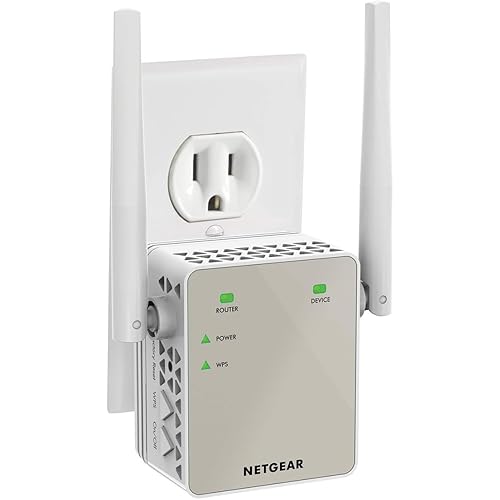ASUS AC2900 WiFi Gaming Router (RT-AC86U) - Dual Band Gigabit Wireless Internet Router, WTFast Game Accelerator, Streaming, AiMesh Compatible, Included Lifetime Internet Security, Adaptive QoS








Buy Now, Pay Later
- – 6-month term
- – No impact on credit
- – Instant approval decision
- – Secure and straightforward checkout
Ready to go? Add this product to your cart and select a plan during checkout.
Payment plans are offered through our trusted finance partners Klarna, Affirm, Afterpay, Apple Pay, and PayTomorrow. No-credit-needed leasing options through Acima may also be available at checkout.
Learn more about financing & leasing here.
Selected Option
This item is eligible for return within 30 days of receipt
To qualify for a full refund, items must be returned in their original, unused condition. If an item is returned in a used, damaged, or materially different state, you may be granted a partial refund.
To initiate a return, please visit our Returns Center.
View our full returns policy here.
Size: AiMesh
Style: WiFi 5 | AC2900
Features
- Connector Type : USB.Antenna: External detachable antenna x 3. Internal antenna x 1..Memory : 256 MB Flash, 512 MB RAM
- Dual-band (2.4 plus 5 GHz) AC2900 wireless router with the latest 802. 11AC MU-MIMO technology for data transfer speeds up to 2900 Mbps
- 1.8GHz 32bit dual-core processor optimizes network traffic and connectivity speeds from the USB 3. 1 Gen1 and 4x Gigabit LAN ports
- Designed for lag-free online gaming and flawless 4K UHD streaming with WTFast game Accelerator and adaptive QoS; Product Segment: AC2900 ultimate AC performance: 750 plus 2167 Mbps
- A protection powered by Trend Micro provides built-in 24/7 protection from external attacks and threats, neutralizing them before they reach your network or connected devices. DC Output : 19 V with max. 1.75 A current
- Manage your network with the ASUS router app setup your network, manage usage and parental controls, even get instant notifications about important network-based events. Connected devices must be 802. 11 ac-compatible for best results. Ac input: 110v240v(5060hz)
Description
Designed to deliver jaw-dropping network performance, The ASUS RT-AC86U features a 1. 8GHz dual-core processor with the latest 802. 11AC MU-MIMO technology. Maximize your online experience with game-boosting Adaptive Qu's, gamers private network by Waist, and built-in network security from Protection. Use the ASUS router app to manage your network while on-the-go. Wi-Fi technology is 20/40/80 MHz bandwidth. Note-if having issues connecting to 5 GHz network make sure that wireless device supports 5 GHz or features dual Band capabilities.
Brand: ASUS
Model Name: Ac2900
Special Feature: Aimesh, QoS, Internet Security, LED Indicator, Parental Control
Frequency Band Class: Dual-Band
Wireless Communication Standard: 802.11ac
Compatible Devices: Personal Computer, Tablet, Laptop, Smartphone, Security Camera, Gaming Console, Smart Television
Frequency: 5 GHz
Recommended Uses For Product: Security
Included Components: RT-AC86U networking router, RJ-45 cable, Quick start guide, power adapter
Connectivity Technology: Wi-Fi, USB
Product Dimensions: 6.2 x 3.3 x 8.66 inches
Item Weight: 2 pounds
Item model number: RT-AC86U
Is Discontinued By Manufacturer: No
Date First Available: August 22, 2017
Manufacturer: ASUS Computer International Direct
Frequently asked questions
To initiate a return, please visit our Returns Center.
View our full returns policy here.
- Klarna Financing
- Affirm Pay in 4
- Affirm Financing
- Afterpay Financing
- PayTomorrow Financing
- Financing through Apple Pay
Learn more about financing & leasing here.


















